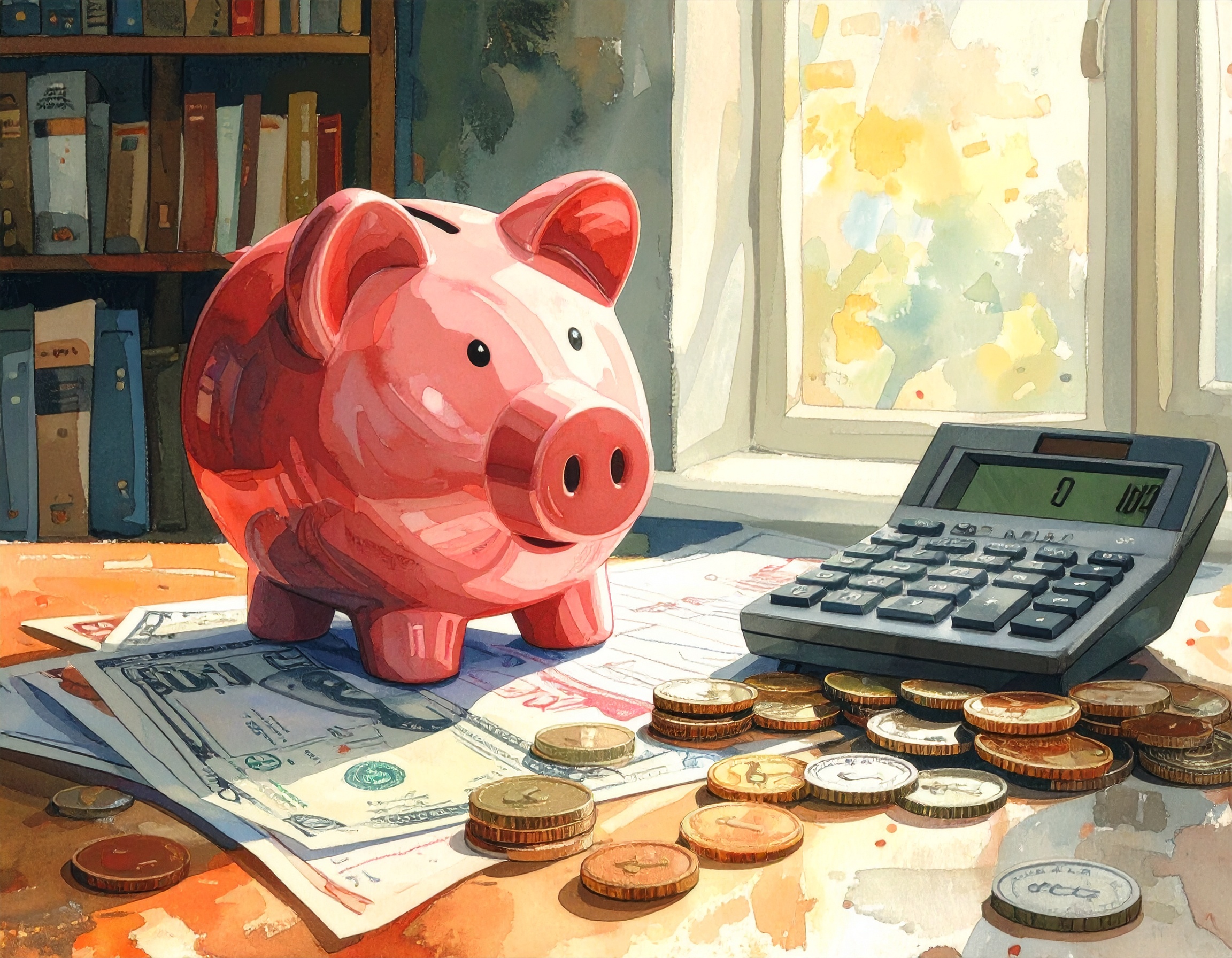
At Wise-Wallet, personal finance is a journey.
Read MoreCorrect! Nice Work!
Minimum payments on credit cards are designed to keep accounts current while requiring only a small monthly outlay; they are not designed to help you escape debt quickly. Paying only the minimum often covers mostly interest, so principal declines very slowly and total interest paid can be enormous over time. This dynamic traps many people into long payoff timelines and higher lifetime cost. Minimums are useful for short-term cash-flow management in an emergency, but relying on them as a strategy when you have an ongoing balance means interest compounds and credit utilization remains high, which also negatively affects credit scores. The “I avoid late fees so I’m fine” logic misses the long-term erosion of financial flexibility caused by compound interest on revolving debt.
Better approaches include paying more than the minimum whenever possible, applying either the avalanche method (pay highest-rate debt first) or snowball method (pay smallest balances first for momentum), and consolidating higher-rate credit card debt into lower-rate personal loans or balance transfers — but always check fees and post-promo rates before transferring. Build a short-term buffer so you avoid rotating balances from month to month. Use payoff calculators to see how additional payments shorten the timeline and reduce interest — the visual shock of total-interest-saved often motivates higher payments. The practical rule: use minimums only as a stopgap; otherwise, actively reduce principal to avoid paying far more in interest over the long run.
By Quiz Coins
Sequence-of-returns risk means big losses early in retirement can disproportionately hurt a portfolio that’s being drawn down.

Pick cards to match your life: cashback for simplicity, travel cards for frequent flyers who use perks, and balance-transfer cards to crush debt — then automate, pay in full, and track value.
Read More
Build a simple, automatic emergency fund by choosing a target, automating transfers, and using low-effort saving hacks — no spreadsheets required.
Read More